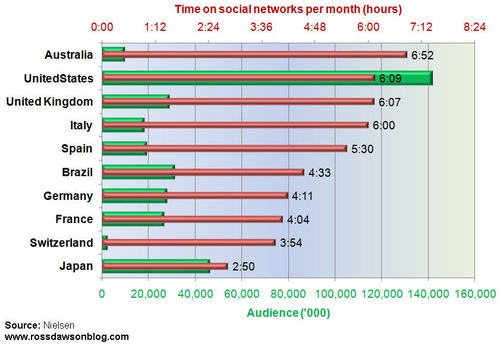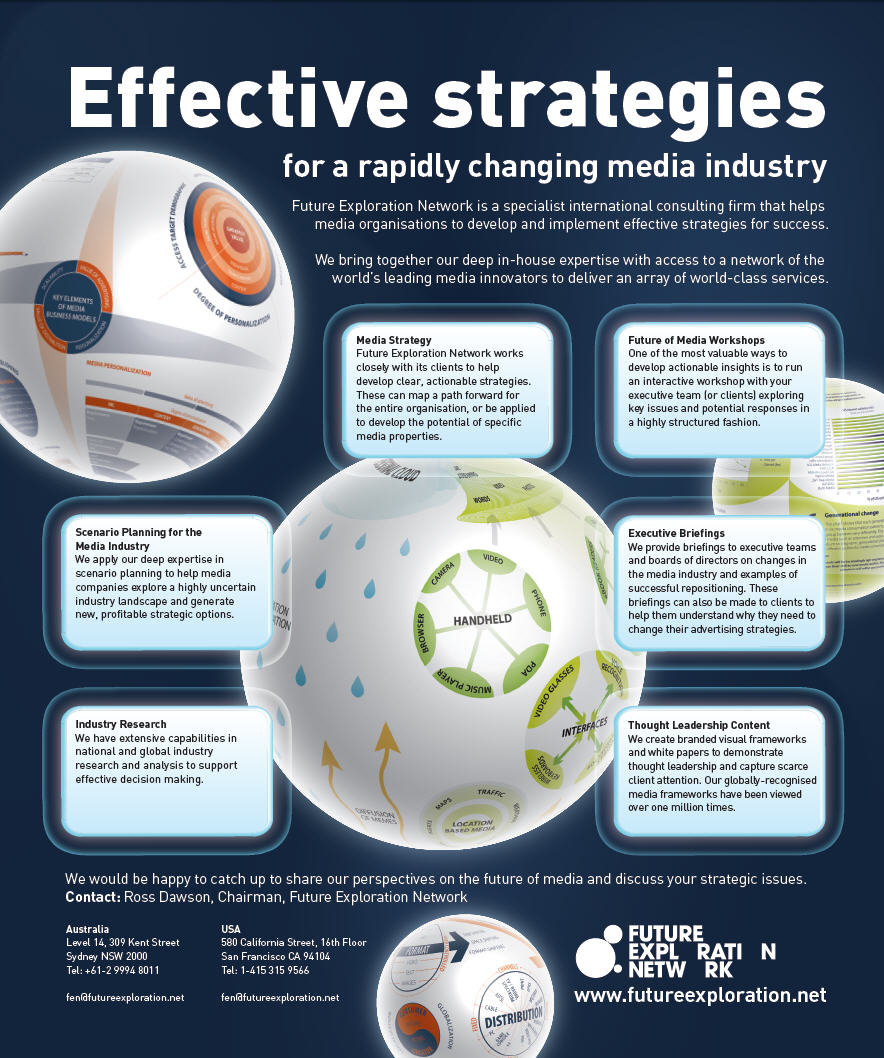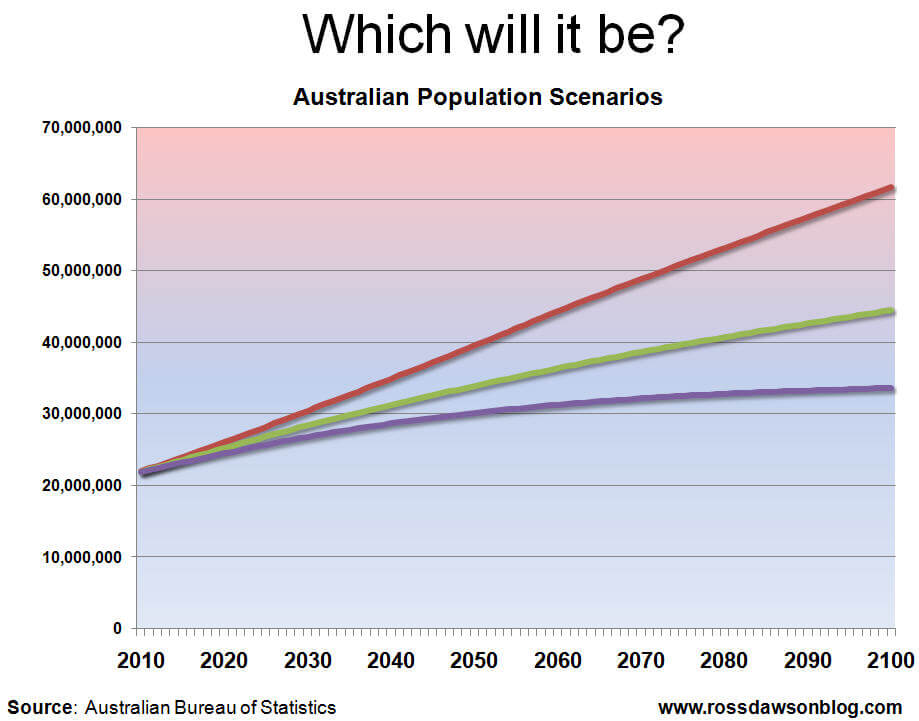Interactive scenarios for 2030: provocation for long-term strategy
Last year I kicked off a strategy session of a major infrastructure company with a presentation to the executive team on the world in 2030. This used a set of four scenarios to provoke new thinking about the world moving forward.
I wrote about these in The World in 2030: Four scenarios for long-term planning and strategy, providing some of the background to the scenarios and presentation.
We’ve now created a flash piece to make it easier to navigate and interact with the scenarios. Please play with the interactive piece.




